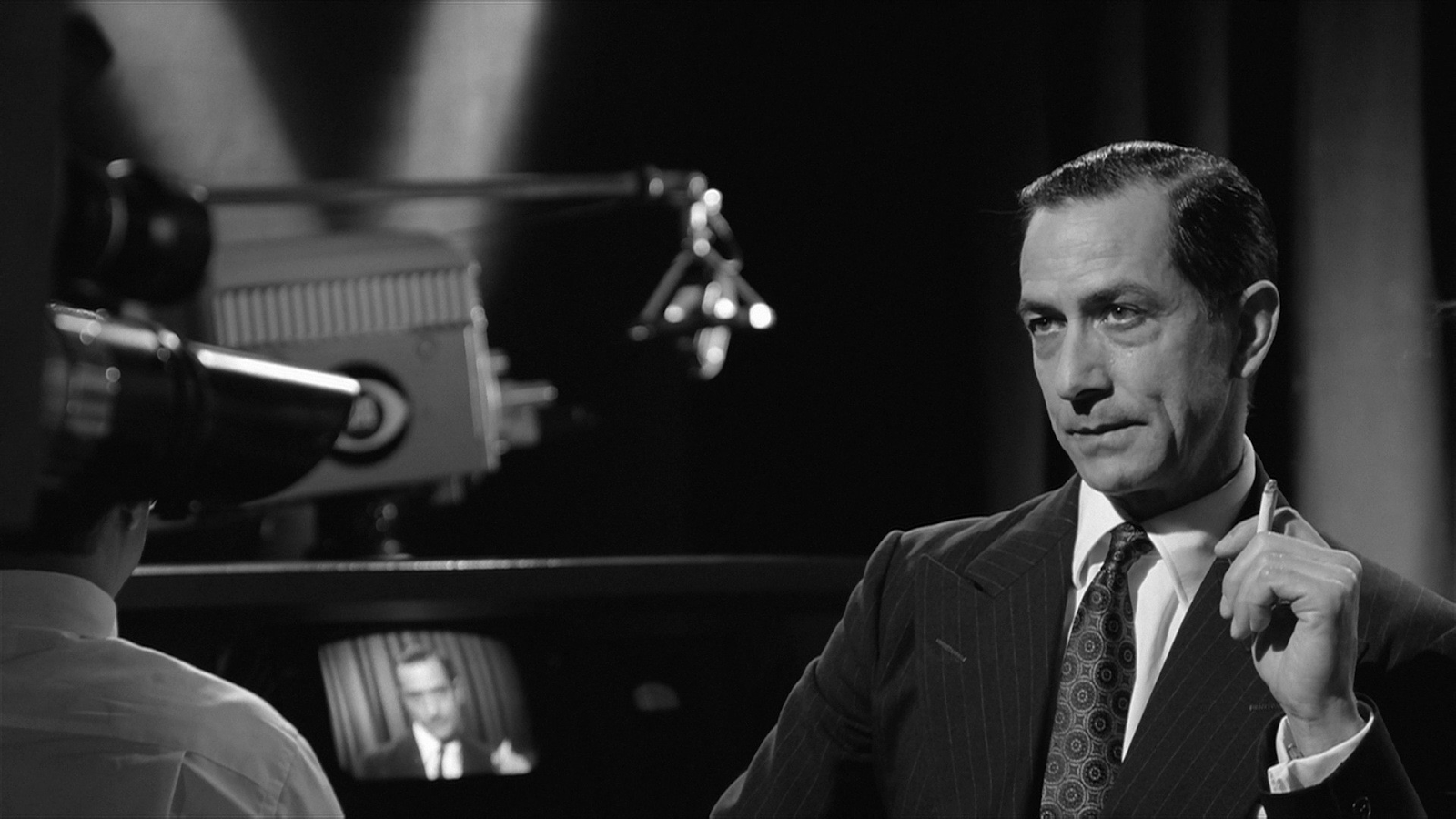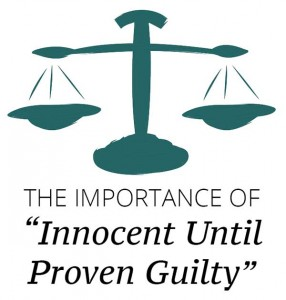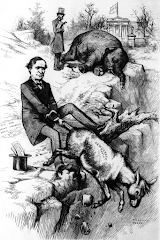The Liberator
William Lloyd Garrison's objective in writing The Liberator was to advocate for the interdiction of slavery, as well as mechanisms for advancing the black community. He believed that in order for African Americans to attain freedom and equality, they would need support from the press, which he was willing to foster through The Liberator.
Garrison first conceptualized the idea of creating the newspaper a year prior to its first publication, when he was in jail in Baltimore. He had initially planned to publish his newspaper in the nation's capital, until he realized that he would face stiff competition from a former colleague who had similar ideas.
Photo courtesy of: thoughtco.com
Garrison, therefore decided to edit and publish The Liberator in Boston, Massachusetts. The content in The Liberator typically reflected Garrison's radical approach to abolitionism, as he was straightforward, somewhat critical and unafraid to denounce systematic racism and white supremacy.
He differed from many other white abolitionists during this era who were more moderate and not as vocal about ending slavery immediately. For example, The Liberator noted hypocrisy in the U.S. in the sense that on one hand, all people were deemed equal under the Declaration of Independence; Yet, African Americans did not have equal rights and were considered as property by slave masters who brutalized them.
Photo courtesy of: bpl.org
The newspaper also entailed articles and photographs comparing the lives of enslaved African Americans to African Americans who were free. Garrison's motive in publishing these pieces was to illustrate a potential promising future to African Americans who desperately desired freedom.
Photo courtesy of: bpl.org
This content generated controversy among many white people in the North and South. As a result, The Liberator initially had a modicum of subscribers during its first years of publication; In fact, it was because of the immense support from black subscribers that the newspaper survived as long as it did.
Many black people in northern cities, such as New York, Boston, and Philadelphia subscribed to The Liberator. One of the topics highlighted in The Liberator was the expansion of educational opportunities for black people in Boston.
This was a commom subject among black committes, such as the Adelphic Union Library Association. The Adelphic Union Library Association utilized The Liberator to vocalize their stance on demanding more academic resources and how they did not feel as though the white community genuinely cared about their progress in educational elevation.
Furthermore, The Liberator reported on speeches and lectures given by black and white speakers. One of the issues covered was the direct correlation between segration in schools and churches and the perpetuation of racial prejudice.
Considering the amalgamation of black and white voices in these news articles, The Liberator garnered more support from white subscribers. In the early 1840s, Garrison's messages in The Liberator emphasized the importance of voting.
His reasoning behind it was that he felt if black people did not have a voice in democracy, then they would continue to be oppressed by those who governed them. The Liberator persuaded black voters in Boston to vote for Congressional candidate, Bradford Sumner over Abbott Lawrence, and to ensure that their names were present on Boston's voting record.
By virtue of The Liberator, it was reported that the congressional election of 1840 had the highest turnout among black voters in Boston's history.
I personally think The Liberator was the most powerful abolitionist newspaper that ever existed because I love how it addressed issues ranging from discrimination, education, and political activism. Speaking as a black female, I am aware that these are some of the most prevalent issues in the black community today.
Photo courtesy of: UShistory.org
The problem is that they do not receive as much noteriety from the press as they should, which I do not agree with or appreciate. As a society, we cannot rectify problems by sweeping them under the rug and acting as if they do not exist.
We must confront them head on, determine the root causes and from there, implement propositions for how to overcome them. Change obviously cannot be made overnight, but somebody must take the reins. Maybe that person will be me.
I do not like seeing my people suffer, and I am genuinely immersed in helping the African American community. This is also another reason why I respect William Lloyd Garrison so much, as did most other African Americans during that time period.
His actions reflected that he was dedicated to improving the lives of African Americans, as he advocated for our rights through Journalism and politics; Unless there is some history to prove otherwise, I think that was a rarity among white people during the nineteenth century.
I also thought Garrison's efforts to bring out the black vote in the 1840 Congressional election was similar to former Georgia gubernatorial candadate, Stacey Abrams' Fair Fight Action organization. I remember reading that through this mission, Abrams mobilized an exorbitant number of black voters to turnout in the 2020 presidential election. I personally believe that this is the reason why Georgia flipped to blue in the 2020 presidential and senate elections.
Link: https://www.youtube.com/watch?v=utAFTDuwNw4Sources: https://www.jstor.org/stable/364529?seq=10
https://www.bpl.org/blogs/post/the-liberator/
https://transcription.si.edu/project/11766
https://www.britannica.com/topic/The-Liberator-American-newspaper
https://www.massmoments.org/moment-details/boston-abolitionists-await-emancipation-proclamation.html

























